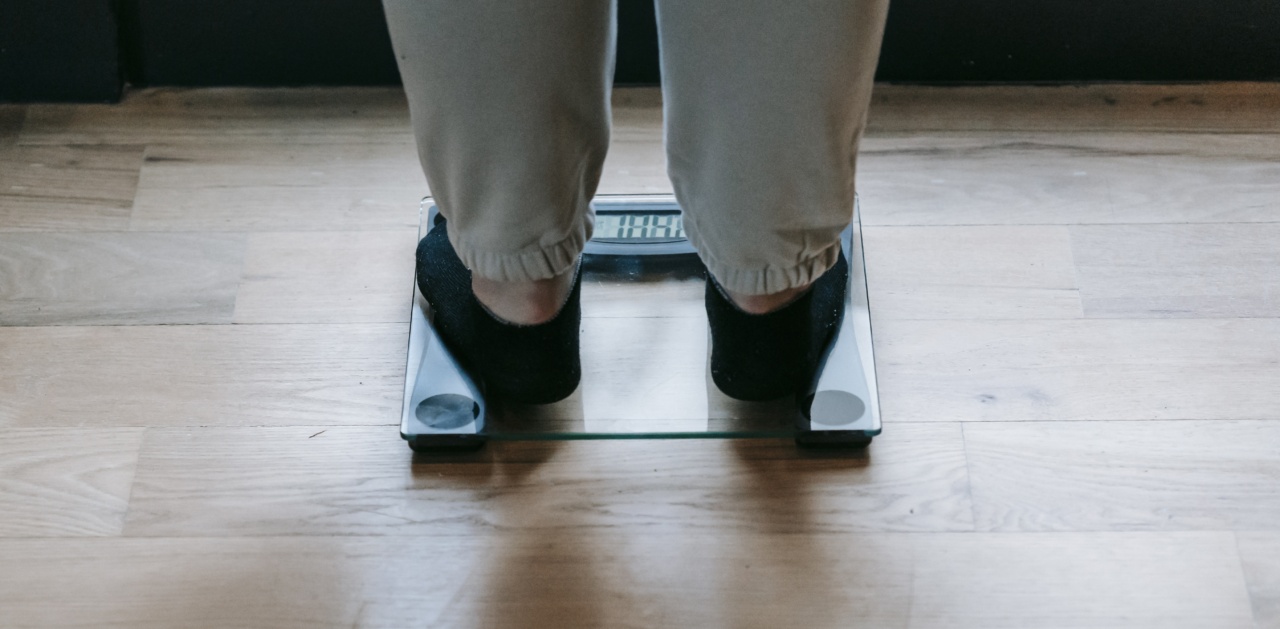Excess weight is not only a concern when it comes to aesthetic reasons but also has various negative effects on overall health. One area where excess weight has a significant impact is female incontinence.
In this article, we will explore how excess weight contributes to female incontinence and the ways to manage and prevent it.
What is Female Incontinence?
Female incontinence refers to the involuntary leakage of urine that is beyond an individual’s control. This condition is more prevalent in women than men, with various factors contributing to its occurrence.
Different types of female incontinence exist, including stress incontinence, urge incontinence, and mixed incontinence.
The Link Between Excess Weight and Female Incontinence
There is a strong correlation between excess weight and female incontinence. The additional weight exerts pressure on the bladder and pelvic floor muscles, compromising their ability to function effectively.
This pressure can weaken the pelvic floor muscles, leading to urine leakage and incontinence episodes.
Furthermore, excess weight can also contribute to hormonal imbalances, such as estrogen deficiency, which affects the strength and integrity of the pelvic floor muscles.
This hormonal imbalance can result in the weakening of the muscles responsible for controlling urinary flow, leading to female incontinence.
Effects of Excess Weight on Female Incontinence
Excess weight can worsen female incontinence symptoms and increase the risk of developing this condition. The effects of excess weight on female incontinence include:.
1. Increased Pressure on the Bladder
Excess weight puts additional pressure on the bladder, reducing its capacity to hold urine. This increased pressure can lead to stress incontinence, where physical activities like coughing, sneezing, or exercising result in urine leakage.
2. Weakening of Pelvic Floor Muscles
Carrying excess weight can strain the pelvic floor muscles, causing them to weaken over time. Weakened pelvic floor muscles are less effective in preventing urine leakage, leading to the development of incontinence.
3. Hormonal Imbalances
Excess weight can disrupt hormone levels in the body, particularly estrogen. Estrogen plays a vital role in maintaining the strength and elasticity of the pelvic floor muscles.
When estrogen levels are imbalanced, it can contribute to muscle weakness and female incontinence.
4. Increased Risk of Urinary Tract Infections (UTIs)
Excess weight can create an environment conducive to the growth of bacteria, increasing the risk of urinary tract infections. UTIs can irritate the bladder and lead to urinary incontinence.
5. Postpartum Incontinence
Excess weight gained during pregnancy, coupled with the pressure exerted by the growing uterus, can weaken the pelvic floor muscles. This can result in postpartum incontinence, where women experience urine leakage after giving birth.
Managing and Preventing Female Incontinence
While excess weight is a significant contributing factor to female incontinence, steps can be taken to manage and prevent this condition:.
1. Maintain a Healthy Weight
Losing excess weight can alleviate the pressure on the bladder and pelvic floor muscles. Incorporate a balanced diet and regular exercise into your routine to achieve and maintain a healthy weight.
2. Pelvic Floor Exercises
Strengthening the pelvic floor muscles through exercises like Kegels can improve their ability to control bladder function. Consistency in performing these exercises is key to see positive results.
3. Seek Professional Help
If you are experiencing female incontinence, consult with a healthcare professional who specializes in this area. They can provide guidance on treatment options tailored to your specific needs.
4. Avoid Triggering Foods and Beverages
Some foods and beverages can irritate the bladder and exacerbate incontinence symptoms. Limit your intake of caffeine, alcohol, artificial sweeteners, spicy foods, and citrus fruits.
5. Manage Chronic Conditions
Certain chronic conditions such as diabetes and obesity can contribute to female incontinence. Managing these conditions through medication, lifestyle changes, and regular check-ups can help prevent and control incontinence.
Conclusion
Excess weight has a significant impact on female incontinence, affecting both its development and severity.
Maintaining a healthy weight, strengthening pelvic floor muscles, seeking professional help, avoiding trigger foods, and managing chronic conditions can all contribute to managing and preventing female incontinence. By adopting a proactive approach, women can minimize the effects of excess weight on their urinary health and improve their overall quality of life.






























